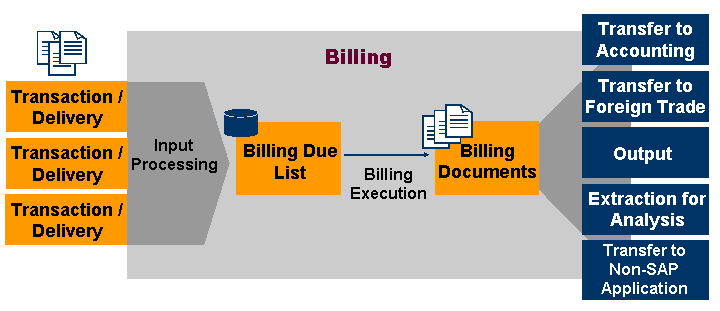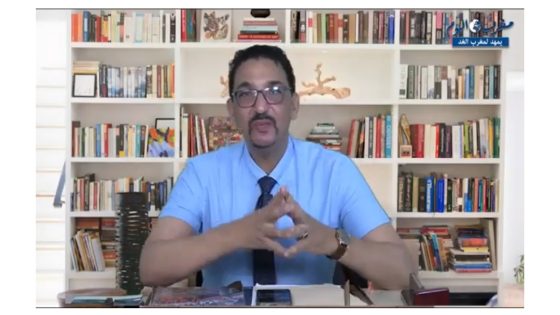Examples are the normal costs of cleaning, lubricating, adjusting, oil changing, and replacing small parts of a machine. Since the benefits of these repairs will extend into future periods, GAAP requires that we record this transaction as an additional asset. Sometimes these repairs are reported as a separate asset and sometimes they are reported as an addition to the existing asset. For example, if the delivery truck was on the books for $5,000 and $1,000 was paid for a transmission upgrade, the vehicle would be reported at $6,000 on the next balance sheet. Larger repairs that make the delivery trucks last longer, on the other hand, are capitalized because they add to the asset’s life.

On April 1, 2016, Cyclone’s Backhoe Co. purchases a trencher for $280,000. The machine is expected to last five years and have a salvage value of $40,000. Compute depreciation expense for both 2016 and 2017 assuming the company uses the straight-line method.
What Does Extraordinary Repair Mean?
Examples of https://accounting-services.net/how-to-calculate-a-budgeted-operating-income/ are a new roof for a building, a new engine for a truck, and repaving a parking lot. Ordinary repairs are expenditure which does not extend the life of an asset beyond its original estimate whereas extraordinary repairs extend the asset’s useful life beyond its original estimate. In order to adequately maintain the docks and provide safe storage for its boats, ABC must routinely replace rotten or damaged boards on the docks. These costs are incurred as part of general maintenance and do not extend the life of the dock at all. This would be an ordinary repair, and the accountants at ABC would record the transaction as a debit to repairs expense and a credit to the cash balance. The cost of these repairs should be included in the cost of the fixed asset that was repaired, and depreciated over the revised remaining life of the asset.
Expenses are costs recorded on a company’s income statement in the period in which the cost is incurred. As a result of this transaction, ABC’s accountants will debit (increase) their fixed asset account and credit accounts payable (AP) by $400,000. The fixed assets on the balance sheet will show this increase in value immediately in the current accounting period. Ordinary repairs are expenditures to keep an asset in normal, good operating condition. Ordinary repairs do not extend an asset’s useful life beyond its original estimate or increase its productivity beyond original expectations.
Extraordinary Repairs vs. Ordinary Repairs
Major and extraordinary repairs are the repairs that benefit
more than one year or operating cycle, whichever is longer. Extraordinary
repairs occur rarely, require large amounts of money, and increase the economic
life of the asset. Because major and extraordinary repairs benefit multiple future
periods, they are accounted for as additions, improvements, or replacements. In
other words, major and extraordinary repairs represent capital expenditures. Note, however, that even when a company
can estimate its future major repairs, the company cannot accrue in advance for
such repairs (i.e., accrue-in-advance method is prohibited).
Twenty of the boats’ older engines are swapped out for new, more powerful engines. The new engines are predicted to extend the useful life of Extraordinary repairs the boat for an additional five years. ABC spends $20,000 on each boat, for a total of $400,000, which is a material cost to the company.


































